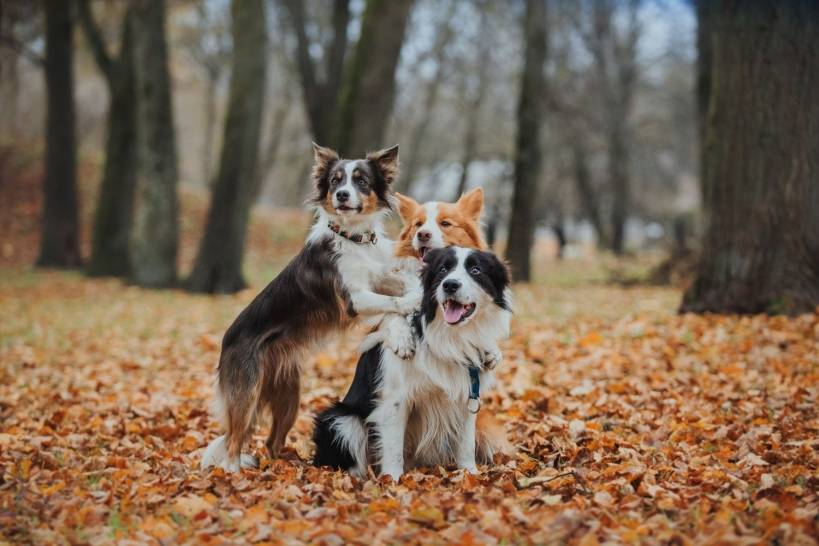Gather supplies
Prepare the things your dog will need in advance. You'll need a collar and leash, food and water bowls, food, and, of course, some toys. And don't forget to order an identification tag right away.
Establish house rules
Work out your dog-care regimen in advance among the human members of your household. Who will walk the dog first thing in the morning? Who will feed them at night? Will they be allowed on the couch, or won't he? Where will they rest at night? Are there any rooms in the house that are off-limits?
Ensure all pets are healthy
Animal shelters take in animals with widely varying backgrounds, some of whom have not been previously vaccinated. Inevitably, despite the best efforts of shelter workers, viruses can be spread and may occasionally go home with adopted animals. If you already have dogs or cats at home, make sure they are up-to-date on their shots and in good general health before introducing your new pet dog.
Take your new dog to the veterinarian within a week after adoption. There, they will receive a health check and any needed vaccinations. If your dog has not been spayed or neutered, make that appointment! There are already far too many homeless puppies and dogs; don't let your new pet add to the problem. Most likely, the shelter will require that you have your pet spayed or neutered anyway. If you need more information about why it is so important to spay or neuter your dog, read our online information on spaying and neutering.
Give them a crate
A crate may look to you like the canine equivalent of a jail cell, but to your dog, who instinctively likes to den, it's a room of their own. It makes housetraining and obedience-training easier and saves your dog from the headache of being yelled at unnecessarily for problem behavior. Of course, you won't want to crate your dog all day or all night, or they will consider it a jail cell. Just a few hours a day should be sufficient.
The crate should not contain wire where their collar or paws can get caught, and should be roomy enough to allow your dog to stand up, turn around, and sit comfortably in normal posture.
If a crate isn't an option, consider some confinement to a dog-proofed part of your home. A portion of the kitchen or family room can serve the purpose very well when sectioned off with a dog or baby gate.
Use training and discipline to create a happy home
Dogs need order. Let your pet know from the start who is the boss. When you catch them doing something they shouldn't, don't lose your cool. Stay calm, and let them know immediately, in a loud and disapproving voice, that they have misbehaved. Reward them with praise when they do well, too! Sign up for a local dog obedience class, and you'll learn what a joy it is to have a well-trained dog.
Let the games begin
Dogs need an active life. That means you should plan plenty of exercise and game time for your pet. Enjoy jogging or Frisbee? You can bet your dog will, too. If running around the park is too energetic for your taste, try throwing a ball or a stick, or just going for a long walk together. When you take a drive in the country or visit family and friends, bring your dog and a leash along.
Patience is key
Finally, remember to temper your expectations. Life with you is a different experience for your new companion, so give them time to adjust. You'll soon find out that you've made a friend for life. No one will ever greet you with as much enthusiasm or provide you with as much unqualified love and loyalty as your dog will. Be patient, and you will be amply rewarded.






